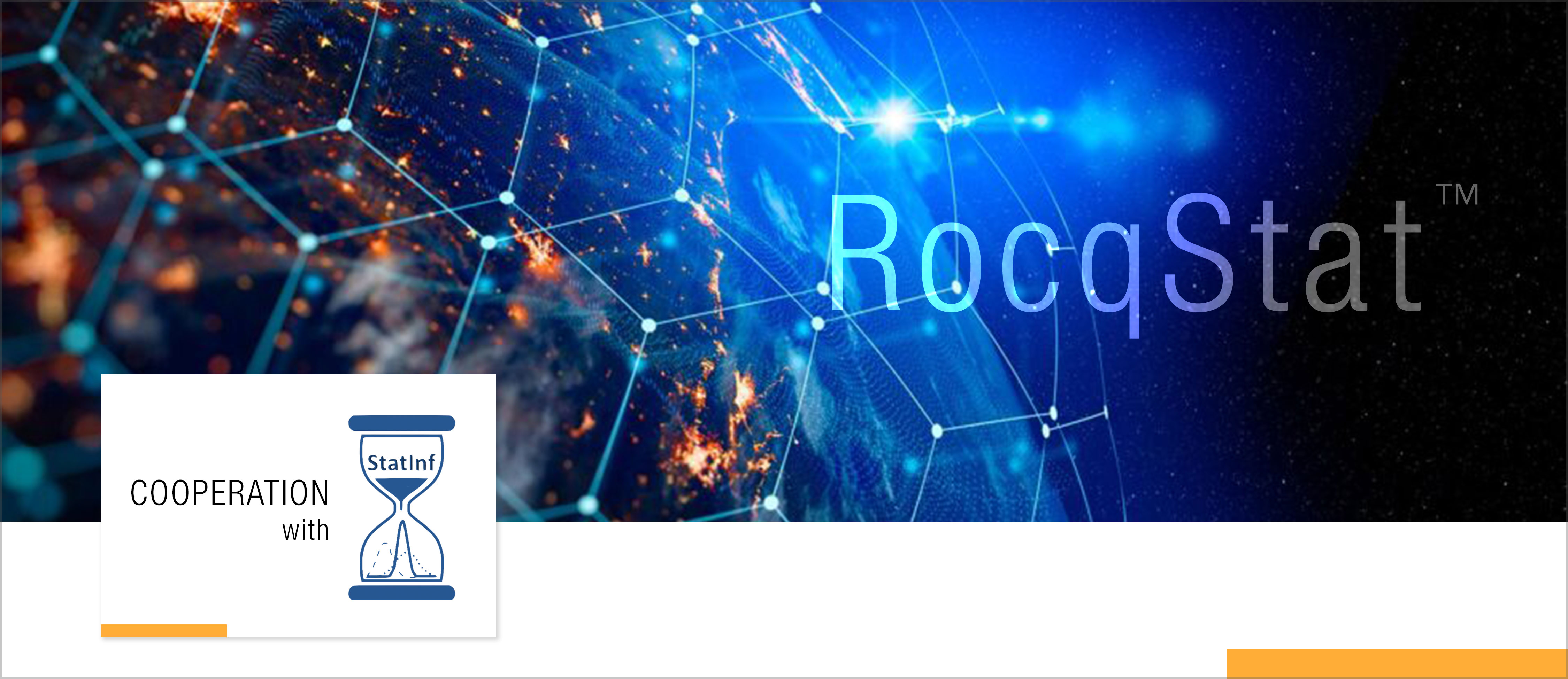Lauterbach and StatInf partnership provides innovative criteria in software quality analysis
Lauterbach, the World’s leading provider of debug and trace tools is
pleased to announce a co-operation with StatInf. This joint endeavor
provides users with the ability to use program flow trace captured by
Lauterbach’s TRACE32® trace tools with the RocqStat™ analysis tools from
StatInf.
The captured trace data from TRACE32® is used by RocqStat™ to detect the
interactions between programs and the interactions between cores in an
embedded system. The technology employed by RocqStat™ can detect
interactions between cores in multi-core systems and is completely
agnostic of the application software, allowing for almost infinite
complexity. This breakthrough process can even work with applications
where full source code is not available, making it ideal for black box
testing and evaluation. RocqStat™ is based on a patented technology that
uses statistical methods, extreme value theory, and real-world program
flow to determine incorrect, rare or unpredicted software execution
profiles, as well as software bugs, hardware errors or even attacks by
external malicious software. Worst Case Execution Time (WCET) of the
application is also part of the analysis required by customer building
safety critical embedded systems.
“We are very pleased to have a close partnership with Lauterbach GmbH,
an important player in the critical embedded systems market, which
StatInf also addresses”, said Adriana Gogonel, CEO of StatInf. “More and
more customers are using our technology: innovative and easy to use,
RocqStat™ is enabling safe usage of complex multicore systems."
According to Airbus Toulouse, Avionics Software: “Program flow trace,
e.g. NEXUS BTM, is essential to establish the coverage of your
measurements. If non-intrusive and timestamp accurate, the BTM (and
other traces if available) can feed WCET Static Analysis methods, or
help build hardware timing models, or feed statistical methods to check
the quality and exhaustively of the collected durations. And ultimately
to justify safe upper bounds for the WCET. Traces are a rich source of
information for WCET analysis.”
On this page, you can download our Lauterbach News for Print and Social Media. If you have any questions concerning the publication, please contact Evi Ederer: press@lauterbach.com

